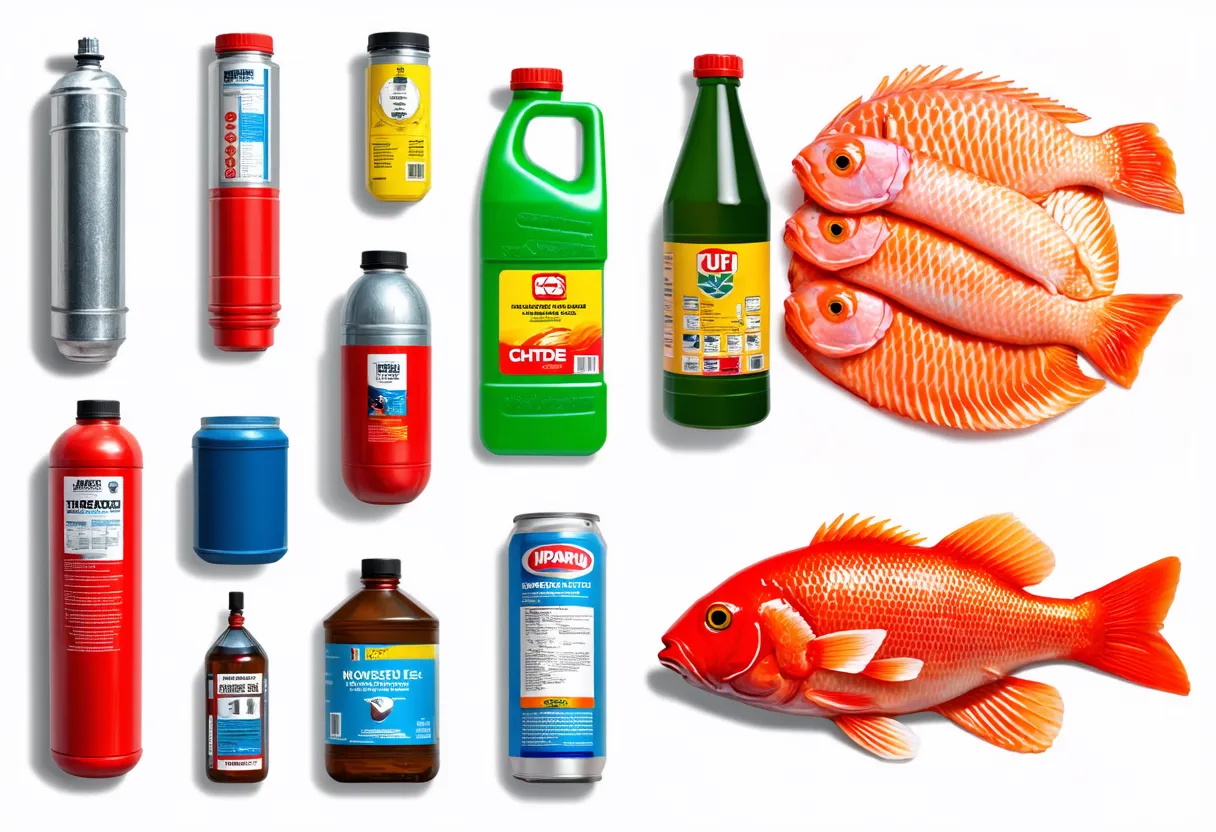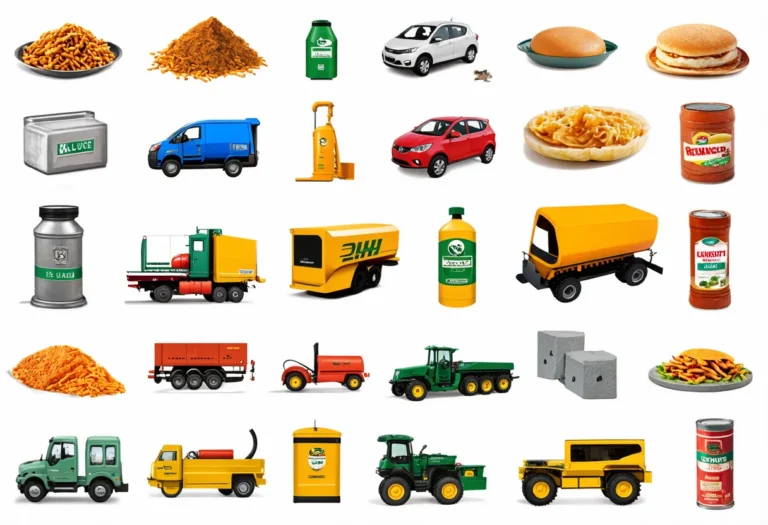Norway, with a population of 5,457,127, ranks 114th globally, just behind Lebanon. Located in Northern Europe, it covers 624,500 sq. km, ranking 42nd worldwide, slightly smaller than Somalia.
Norway’s economic position in 2022 is strong, with a GDP of $593.35 billion, ranking 23rd globally. It is closely behind Argentina, whose GDP stands at $631.13 billion. Norway’s GDP per capita is $108,729.19, ranking 4th worldwide.
It lags behind Luxembourg, with a GDP per capita of $125,006.02. Norway’s economy is characterized by a high standard of living, a well-developed welfare state, and a strong focus on sustainability and innovation, particularly in the energy sector.
What are the economic activities of Norway?
- Primary activities: 2.3% of GDP.
- Secondary activities: 33.7% of GDP.
- Tertiary activities: 64% of GDP.

Primary Sector of Norway
Norway’s primary sector, particularly its agricultural activities, is influenced by its challenging climate and rich natural resources. With only 2.7% of the land dedicated to agriculture, the country produces a diverse range of products including milk, barley, wheat, potatoes, oats, pork, chicken, beef, eggs, and rye.
Despite agriculture contributing only 2.3% to the GDP, these products are vital to the sector. The variety of crops and animal products not only sustain the country’s agricultural sector but also play a crucial role in ensuring food security and maintaining a sustainable economy.
The country’s diverse geological landscape provides abundant natural resources, including petroleum, natural gas, iron ore, copper, lead, zinc, titanium, pyrites, nickel, fish, timber, and hydropower. These resources play a crucial role in the economy, driving industries such as energy, mining, and fishing, contributing significantly to the country’s GDP and global trade.
Norway’s oil production of 1,775,813 barrels per day ranks 6th globally, with reserves of 5,138,767,000 barrels, representing 0.49% of world reserves.
Norway’s gas production of 114.3 billion m³ in 2020 ranks 9th globally, fueling economic growth and trade.
Secondary Sector of Norway
What is the secondary sector or what are secondary activities?
The secondary sector involves industries that transform raw materials into finished products for consumption. In Norway, key industrial products include petroleum, gas, shipping, aquaculture, food processing, shipbuilding, pulp and paper, metals, chemicals, timber, and textiles.
Manufactures in Norway’s total exports are not significant, accounting for only 13.13% in 2023. This indicates a heavy reliance on other sectors for export revenue.
Tertiary sector of Norway
What is the tertiary sector or what are tertiary activities?
The tertiary sector in Norway encompasses various services where individuals provide knowledge and time to enhance productivity and meet needs. This sector deals with intangible goods like advice and expertise, catering to both consumer and business demands. Key tertiary activities in Norway include healthcare and medical care, education and training, banking and finance, tourism and hospitality, transportation and logistics, and telecommunications.
In particular, Norway’s economy heavily relies on tourism, contributing significantly to its GDP. With an impressive 5,879,000 annual arrivals, the country’s breathtaking fjords, like the Geirangerfjord, and vibrant cities like Oslo attract visitors worldwide. The tourism industry employs many Norwegians, with an annual arrival to population ratio of 1.0773, highlighting its vital role.
Another example of tertiary economic activity is the mobile cellular sector, with over 6 million subscriptions, supporting technological growth. This connectivity fosters innovation and enhances digital services across various industries.
Military Activities and Economic Sectors of Norway
The military is a clear example of many economic activities working together. In Norway, the primary sector supports the military by providing resources. The secondary sector manufactures military equipment, while the tertiary sector offers various services. The quaternary sector focuses on research and development for advanced military technology. Lastly, the quinary sector involves high-level decision-making and strategy for national defense.
In 2023, Norway’s military expenditure reached $8,668.6 million, which is 1.63% of its GDP. The active military force consists of 23,250 personnel, resulting in about 11.8 active military members per 1,000 people in the country.
Biggest company in Norway
Which is the biggest company in Norway? The largest is ASML Holding, valued at approximately 247.8 billion USD. It operates in the technology industry, specifically in the tertiary sector, which focuses on services. ASML was founded in 1984 and is known for its advanced semiconductor equipment.
International Trade of Norway
Import Activities of Norway

Norway’s high import activities, totaling $96.67 billion, are vital, constituting 27.12% of its GDP, driving economic growth and meeting consumer needs.
Norway’s key import partners are Sweden, Germany, China, Denmark, and the Netherlands. The country mainly imports cars, refined petroleum, ships, garments, and nickel.
Exports Activities of Norway

Norway’s total exports in 2023 amounted to 176.9 billion USD, representing 55.49% of its GDP. With export activities contributing over 40% to the economy, they hold high importance in driving Norway’s economic growth and stability.
Norway’s export activities are dominated by natural resources such as natural gas, crude petroleum, and fish. Its top export partners are Germany, the UK, France, Belgium, and Sweden, with natural gas being a significant commodity exported. Other key exports include crude petroleum, refined petroleum, and aluminum.
Norway economy challenges in 2024
In 2024, Norway faces challenges with inflation and economic growth outside of energy sectors. Despite its high-income status and strong trade links, the country’s reliance on oil and gas exports hampers diversification. The generous welfare system is strained, highlighting the need for sustainable economic development strategies.




Leave a Reply